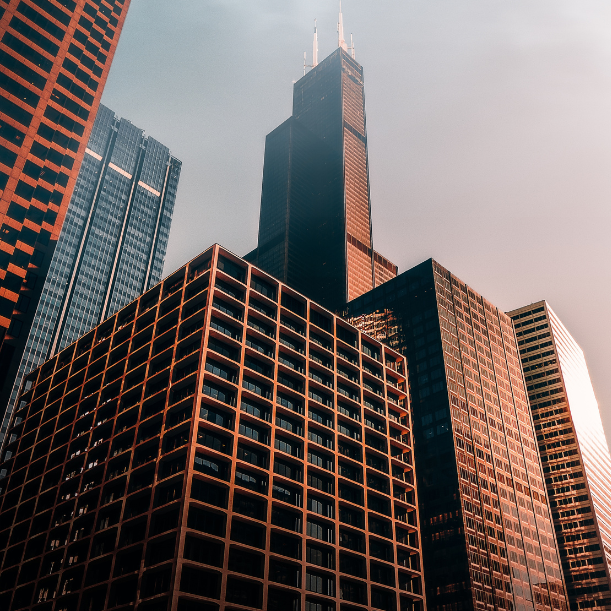1. Lower Business Competition
With lower competition, the pharma sector can easily navigate regulatory procedures, attract skilled talent, and focus on delivering high-quality products and services without facing the intense competition often seen in Tier-1 cities. As a result, Tier-2 cities have become attractive destinations for market expansion.
2. Improved Infrastructure
Both the government and private entities have been investing in upgrading transportation networks, power supply, and overall urban development.
The improved infrastructure allows pharmaceutical companies in Tier 2 cities to operate more efficiently, ensuring seamless supply chains and better distribution of products across the country.
3. Growing Talent Pool
The adoption of remote working practices since the pandemic has expanded the geographical reach of talent pools, allowing pharmaceutical companies to access skilled professionals beyond metropolitan areas.
Additionally, the increase of educational institutions in Tier-2 cities has led to a growing pool of graduates with pharmaceutical and healthcare-related qualifications, further enriching the talent landscape.
4. Facilitation of Innovation Ecosystems
As manufacturing and production activities flourish in these cities, there is an increasing pool of skilled professionals and researchers, encouraging collaboration between academia and the private sector. This cross-pollination of ideas and expertise fosters an environment conducive to innovation and the development of novel drugs and healthcare solutions.
 />
/>





